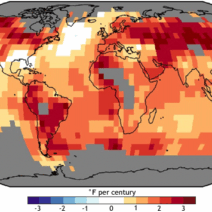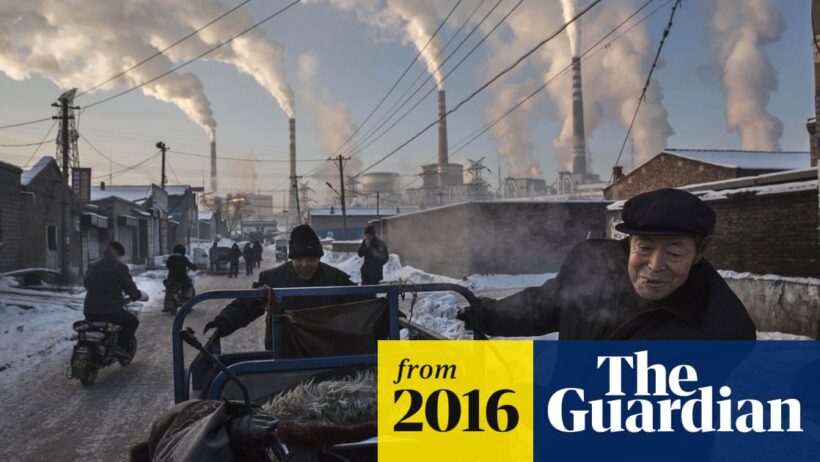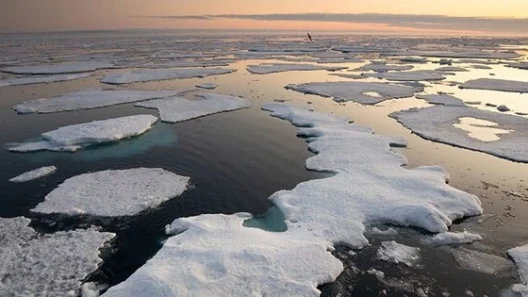Global warming represents one of the most pressing challenges humanity faces in the 21st century. The phenomenon refers to the discernible increase in average global temperatures primarily attributed to human activity, particularly the emissions of greenhouse gases. This article delves into the methodologies scientists employ to substantiate the assertion that global warming could precipitate dire consequences for humanity, focusing on undeniable evidence and predictions that warrant urgent attention.
To understand the gravity of global warming, one must first explore how greenhouse gases trap heat in the Earth’s atmosphere. Carbon dioxide (CO2), methane (CH4), and nitrous oxide (N2O) are pivotal components of this phenomenon. Elevated levels of these gases result from activities such as fossil fuel combustion, deforestation, and industrial processes. Scientists utilize sophisticated models to project future scenarios based on varying rates of emissions, revealing alarming trends that indicate a potentially catastrophic trajectory if no significant changes are implemented.
One fundamental approach in studying climate change is the analysis of historical climate data. Ice core samples, for instance, provide a window into Earth’s climatic past, revealing atmospheric composition and temperature fluctuations over millennia. By examining these samples, researchers can create a historical context for current temperature increases, highlighting how unprecedented recent changes are. This temporal perspective amplifies the urgency of the situation, as it illustrates that the current trajectory of warming far exceeds natural variability.
Moreover, climate models synthesize a vast array of data, facilitating projections of future climatic conditions. These models incorporate numerous factors, including ocean currents, solar radiation, and land-use changes. Utilizing simulations, scientists can predict how various levels of greenhouse gas emissions may impact temperatures, sea level rise, and precipitation patterns. The consensus among climate models is clear: without decisive action, global temperatures are likely to rise significantly by the end of the century, potentially by 2°C to 4°C—or even more if unchecked.
One particularly alarming aspect of rising global temperatures is the feedback mechanisms that exacerbate warming. For example, as polar ice caps melt, they reveal darker ocean waters that absorb more solar energy, further accelerating temperature increases. This feedback loop creates a compounding effect that can lead to runaway climate change, making predictions of dire consequences not just possible, but plausible.
The ramifications of unchecked global warming are manifold and could threaten the very fabric of human society. Scientists have projected that an increase in global temperatures will lead to more frequent and severe weather events, such as hurricanes, droughts, and heatwaves. These phenomena can devastate ecosystems, disrupt food supplies, and lead to humanitarian crises. Vulnerable populations, particularly in developing nations, are poised to bear the brunt of these impacts, as their adaptive capacities are often limited.
Additionally, rising temperatures will precipitate the phenomenon known as ocean acidification. Increased CO2 emissions are absorbed by the oceans, resulting in more acidic waters that adversely affect marine life. Coral reefs, which serve as essential ecosystems, are particularly vulnerable. The deterioration of these habitats threatens biodiversity and the livelihoods of millions who rely on fishing and tourism as economic mainstays.
Sea-level rise is another dire prediction associated with climate change. The melting of ice sheets in Greenland and Antarctica, coupled with the thermal expansion of seawater, is projected to submerge low-lying coastal areas. Cities like Miami, New Orleans, and Jakarta are already grappling with the implications of rising waters, and millions could be displaced by the end of the century. This displacement will likely lead to increased migration, straining resources in the regions that receive climate refugees and potentially inciting socio-political conflicts.
Medicinal implications of global warming are also evident; as temperatures rise, the geographic distribution of diseases could shift. Insects that carry pathogens will likely expand their range, introducing diseases such as malaria and dengue fever to new populations. This poses a substantial public health challenge, as health systems struggle to adapt to these emerging threats amidst increasing demands on various resources.
Yet, the contemplation of climate change is not solely rooted in scientific data; it is also imbued with an ethical consciousness. As stewards of the planet, humanity must grapple with the moral obligation to safeguard not only the environment but also future generations. The existential threat posed by global warming signifies a pivotal moment in human history, calling for concerted action across all sectors of society.
Despite the daunting predictions, there exists a burgeoning movement galvanized to combat climate change. Innovations in renewable energy, sustainable agriculture, and technological advancements in carbon capture demonstrate that solutions are not only possible but also imperative. Policy changes, grassroots activism, and collective consciousness are essential in steering societal shifts toward sustainability.
In summary, the scientific evidence supporting the assertion that global warming could threaten humanity is robust and multifaceted. From analyzing historical climate data to employing predictive models that reflect the sobering reality of potential future impacts, the message is unequivocal. Humanity stands at a crossroads, and the decisions made today will reverberate through the years. Confronting these challenges with urgency and resolve is not merely necessary; it is essential for the survival of human civilization. Failure to act could result in dire consequences that extend far beyond mere fluctuations in temperature—ultimately leading to a profound reshaping of life as we know it.







